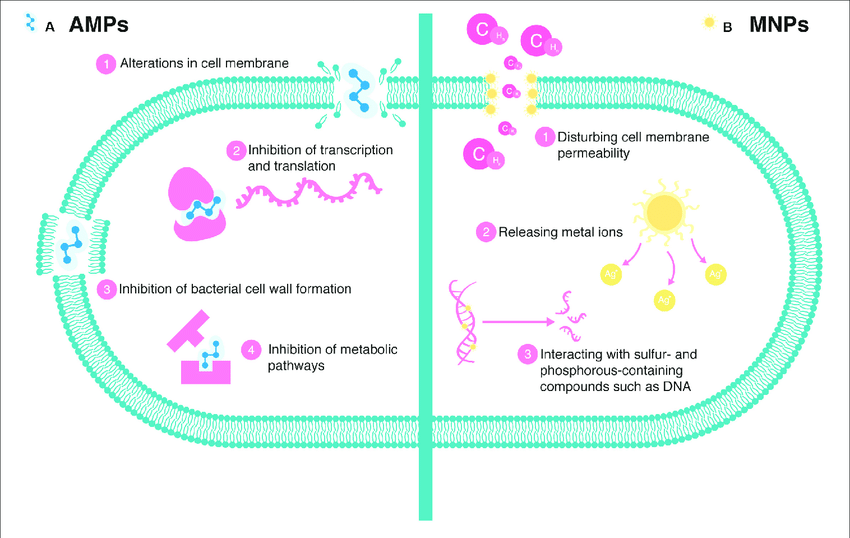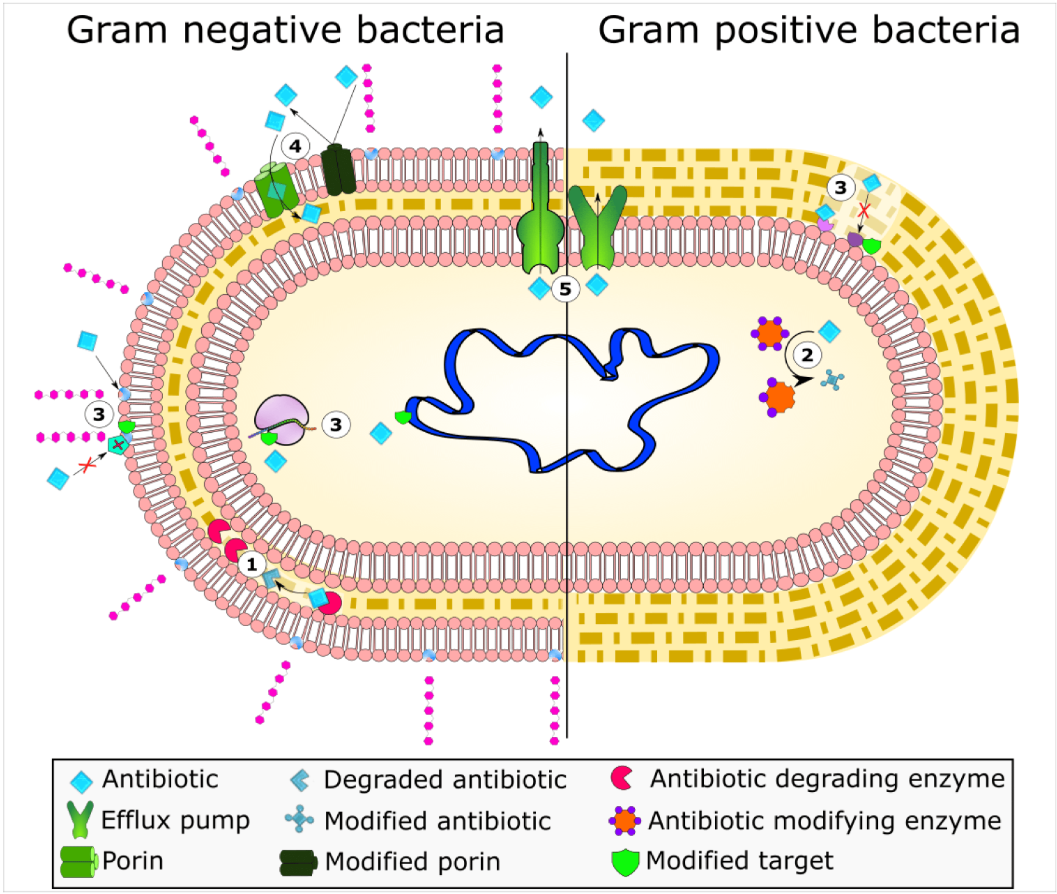Antibiotics: A Cornerstone of Modern Medicine
Delve into the world of antibiotics, exploring their remarkable history, mechanisms of action, and diverse applications in treating a wide spectrum of bacterial infections.
Ampicillin Sodium Salt : A Semisynthetic Antibiotic for Diverse Bacterial Infections
Ampicillin sodium salt (AMP-Na), a semisynthetic antibiotic belonging to the penicillin class, has gained prominence in treating a wide spectrum of bacterial infections. Its effectiveness against a broad range of gram-positive and gram-negative bacteria, including Staphylococcus aureus, Streptococcus pneumoniae, Escherichia coli, and Haemophilus influenzae, has solidified its position in the medical armamentarium. AMP-Na is available in a variety of dosage forms, catering to the diverse needs of patients.
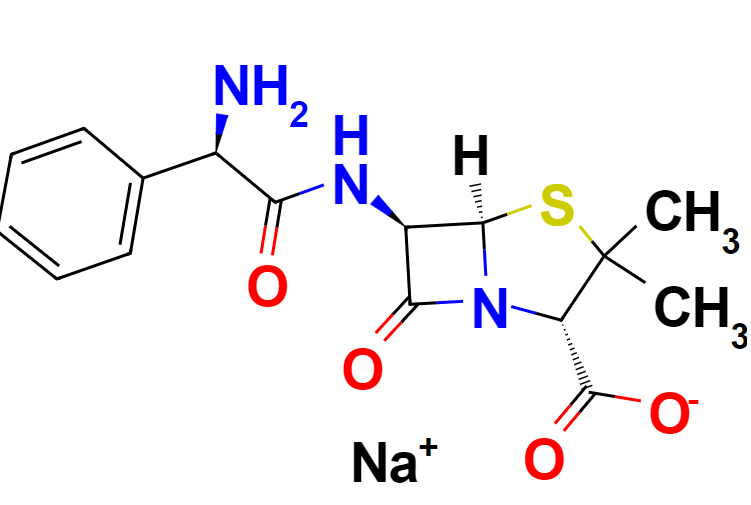
Mechanism of Action: Disrupting Bacterial Cell Wall Integrity
AMP-Na exerts its antibacterial effect by targeting bacterial cell walls, the essential structural components that maintain the integrity of bacterial cells. Peptidoglycan, a polymer that forms the backbone of bacterial cell walls, serves as the primary target for AMP-Na. AMP-Na specifically binds to transpeptidase, an enzyme responsible for cross-linking peptidoglycan chains. This binding effectively inhibits transpeptidase activity, hindering the synthesis of new peptidoglycan and ultimately weakening the bacterial cell wall. As a consequence, the weakened cell wall can no longer withstand the internal osmotic pressure, leading to cell rupture and bacterial death.
Spectrum of Activity: A Broad Range of Bacterial Targets
AMP-Na demonstrates remarkable efficacy against a diverse array of gram-positive and gram-negative bacteria. Some of the most common bacterial strains susceptible to AMP-Na include:
- Staphylococcus aureus
- Streptococcus pneumoniae
- Escherichia coli
- Haemophilus influenzae
- Neisseria meningitidis
- Salmonella typhimurium
- Shigella dysenteriae
Additionally, AMP-Na exhibits effectiveness against certain strains of enterococci and Listeria monocytogenes.
Clinical Indications: Addressing a Variety of Bacterial Infections
AMP-Na serves as a valuable tool in combating a range of bacterial infections, including:
- Pneumonia: AMP-Na effectively treats community-acquired pneumonia, a common respiratory infection caused by bacteria.
- Bronchitis: AMP-Na effectively manages acute and chronic bronchitis, infections of the bronchial tubes.
- Urinary Tract Infections (UTIs): AMP-Na effectively treats UTIs, infections affecting the urinary system.
- Skin and Soft Tissue Infections: AMP-Na effectively combats skin and soft tissue infections, including cellulitis, impetigo, and abscesses.
- Intra-abdominal Infections: AMP-Na effectively treats intra-abdominal infections, infections within the abdomen.
- Meningitis: AMP-Na effectively treats meningitis, an infection of the membranes surrounding the brain and spinal cord.
- Sepsis: AMP-Na effectively treats sepsis, a life-threatening condition characterized by a systemic inflammatory response to infection.
Dosage and Administration: Tailored to Individual Needs
AMP-Na is available in various dosage forms, including oral tablets, capsules, and intravenous solutions, enabling flexible administration. The appropriate dosage of AMP-Na depends on various factors, including the patient's age, weight, and the severity of the infection. Generally, the standard adult dosage of AMP-Na ranges from 250 to 500 milligrams every 4 to 6 hours.
Adverse Effects: Managing Potential Side Effects
While AMP-Na is generally well-tolerated, certain adverse effects may occur, including:
- Diarrhea: AMP-Na can cause diarrhea, which may range from mild to severe.
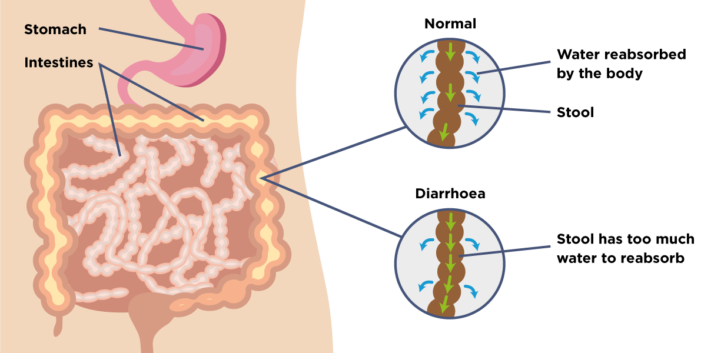
- Nausea and Vomiting: Nausea and vomiting are common side effects associated with AMP-Na administration.
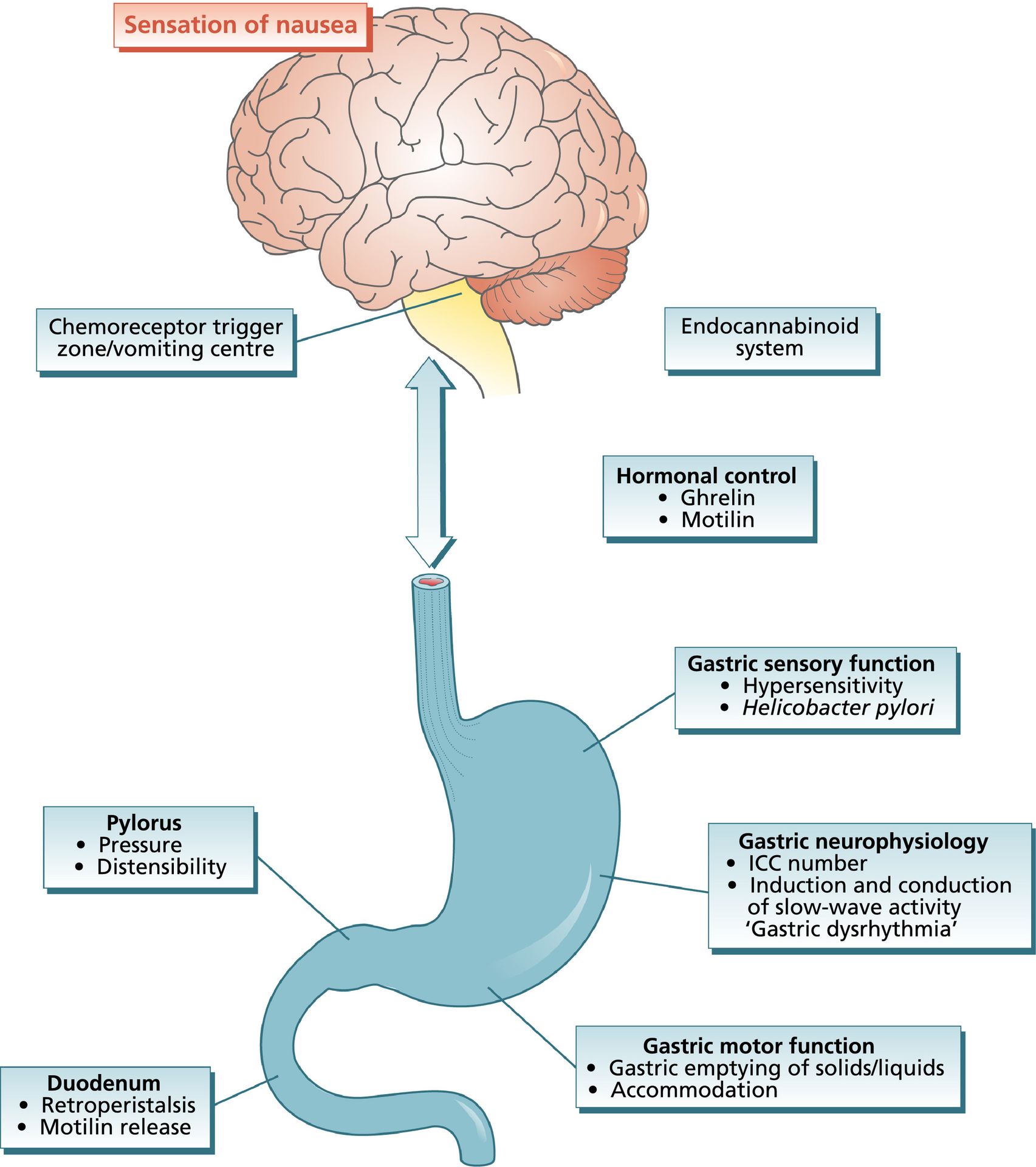
- Rash: Skin reactions, such as rashes, may occur in some individuals receiving AMP-Na.
Less common adverse effects include:
- Skin reactions: More severe skin reactions, such as hives and itching, may occur in rare cases.
- Fever, chills, headache, dizziness: These symptoms may occur as a reaction to AMP-Na administration.
- Seizures: In rare instances, seizures have been associated with AMP-Na use.


Precautions: Exercising Caution in Specific Situations
AMP-Na should be administered with caution in patients with a history of allergic reactions to penicillin or other beta-lactam antibiotics. Additionally, AMP-Na may interact with certain medications; therefore, it is crucial to inform the healthcare provider about all medications being taken before initiating AMP-Na therapy.
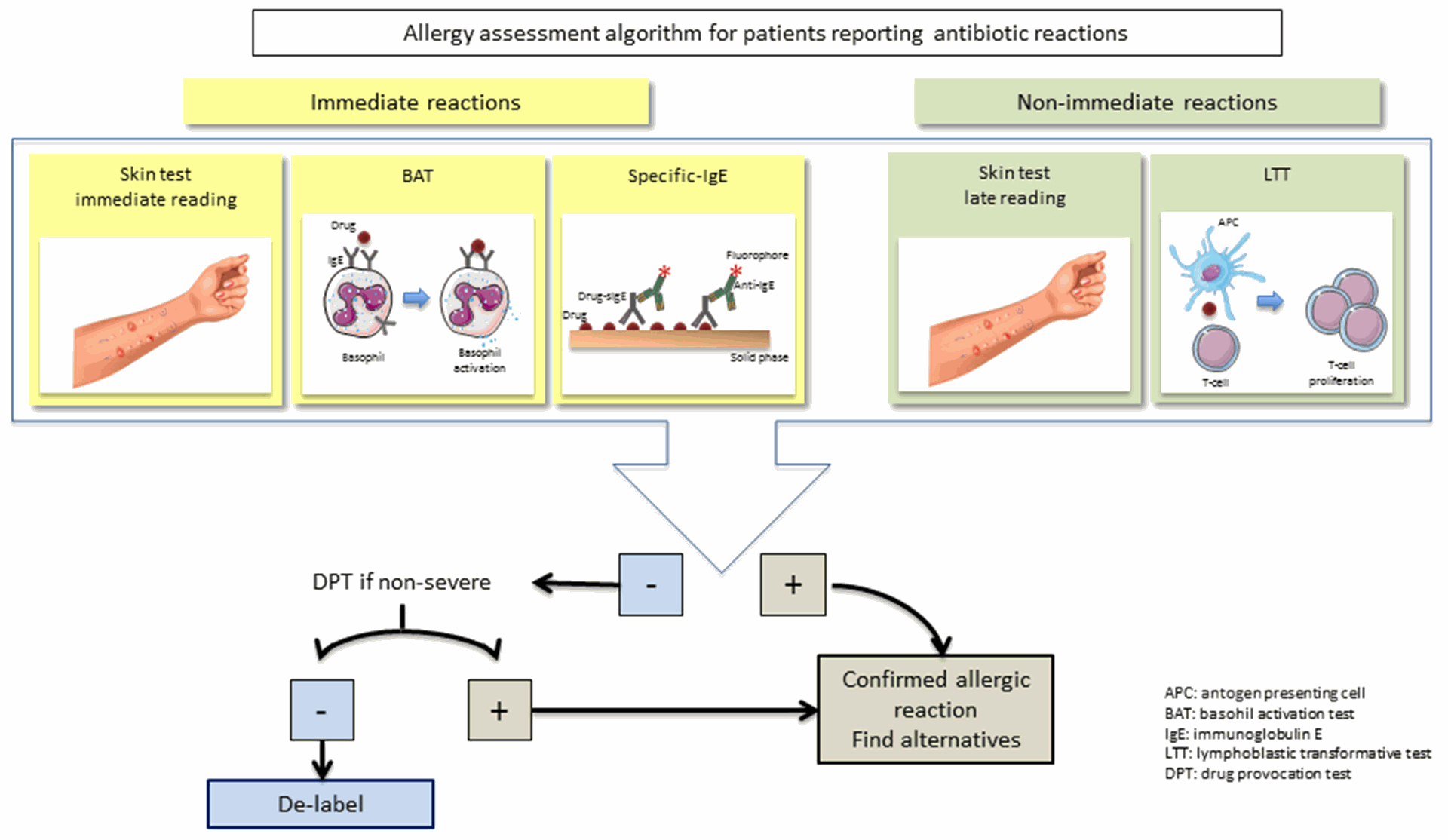
Pregnancy and Lactation: Weighing the Benefits and Risks
AMP-Na falls under pregnancy category B, indicating that animal studies have not demonstrated an increased risk of fetal abnormalities. However, there are no adequate and well-controlled studies in pregnant women. AMP-Na should only be used during pregnancy when the potential benefits outweigh the potential risks.
AMP-Na is excreted in breast milk. Nursing mothers should consult their healthcare provider before taking AMP-Na.
Storage: Maintaining Optimal Conditions
AMP-Na should be stored at room temperature, away from direct moisture and light exposure, to ensure its efficacy and stability.
| Property | Specification |
|---|---|
| Appearance (Colour) | White to off-white |
| Appearance (Form) | Crystalline powder |
| Solubility (Turbidity) | Clear (in 10% aqueous solution) |
| pH (10% aq. solution) | 8.0 - 10.0 |
| Potency | Minimum 800 μg/mg |
| Specific rotation [α] | +258° to +287° (C=0.25% in 0.4% KHP) |
| Water (KF) | Maximum 2% |
Storage Requirements:
- Maintain storage temperatures between 2°C and 8°C (refrigerated conditions).
Product Shelf Life:
- The product retains its potency for up to 60 months under specified storage conditions.
IMDG Identification:
- The product is not classified as hazardous for transportation purposes (Non-Haz).
HSN Code:
| Package Size | HSN Code | GST Rate |
|---|---|---|
| 1 gram | 98020000 | 18% |
| 5 grams | 98020000 | 18% |
| 25 grams | 98020000 | 18% |
Packaging Specifications:
- 25-gram packages are supplied in glass bottles for optimal product integrity and protection.
